Hong Kong
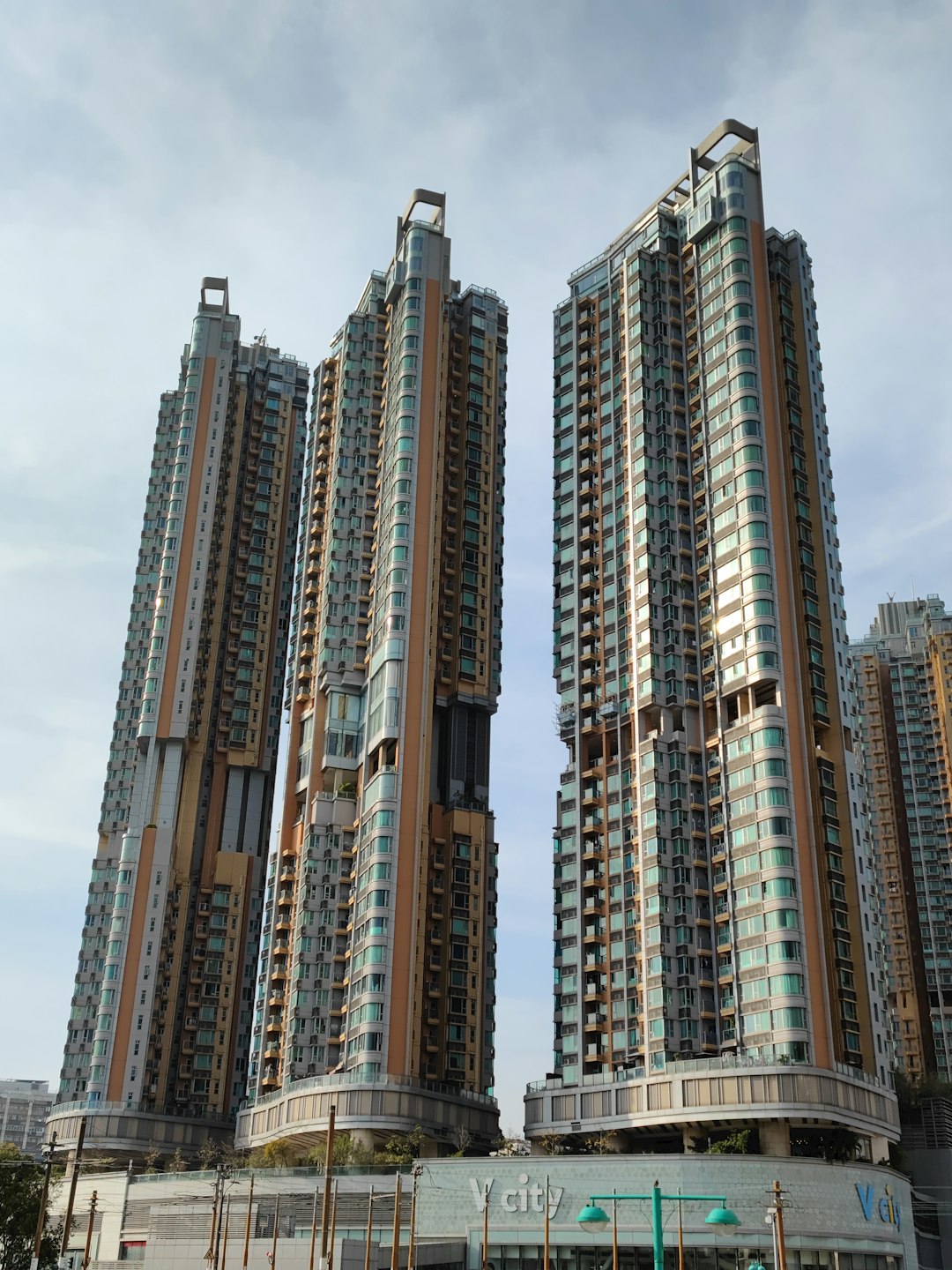

Hong Kong stands out as one of the world’s least affordable housing markets, and recent figures confirm the crisis is only worsening. According to the 2024 Demographia International Housing Affordability report, the median house price in Hong Kong is now over 20 times the median gross annual household income. This means the average family would need to save every single dollar earned for more than two decades just to buy a modest apartment. The city’s land scarcity, combined with strong demand from both locals and mainland Chinese investors, has sent prices skyrocketing. As of April 2025, the average price per square foot in central districts exceeds $2,000 USD, making even small flats out of reach for most residents. Strict government land policies and a lack of new housing developments continue to fuel the squeeze. Young adults, in particular, face little hope of homeownership without substantial family wealth or inheritance.
Singapore
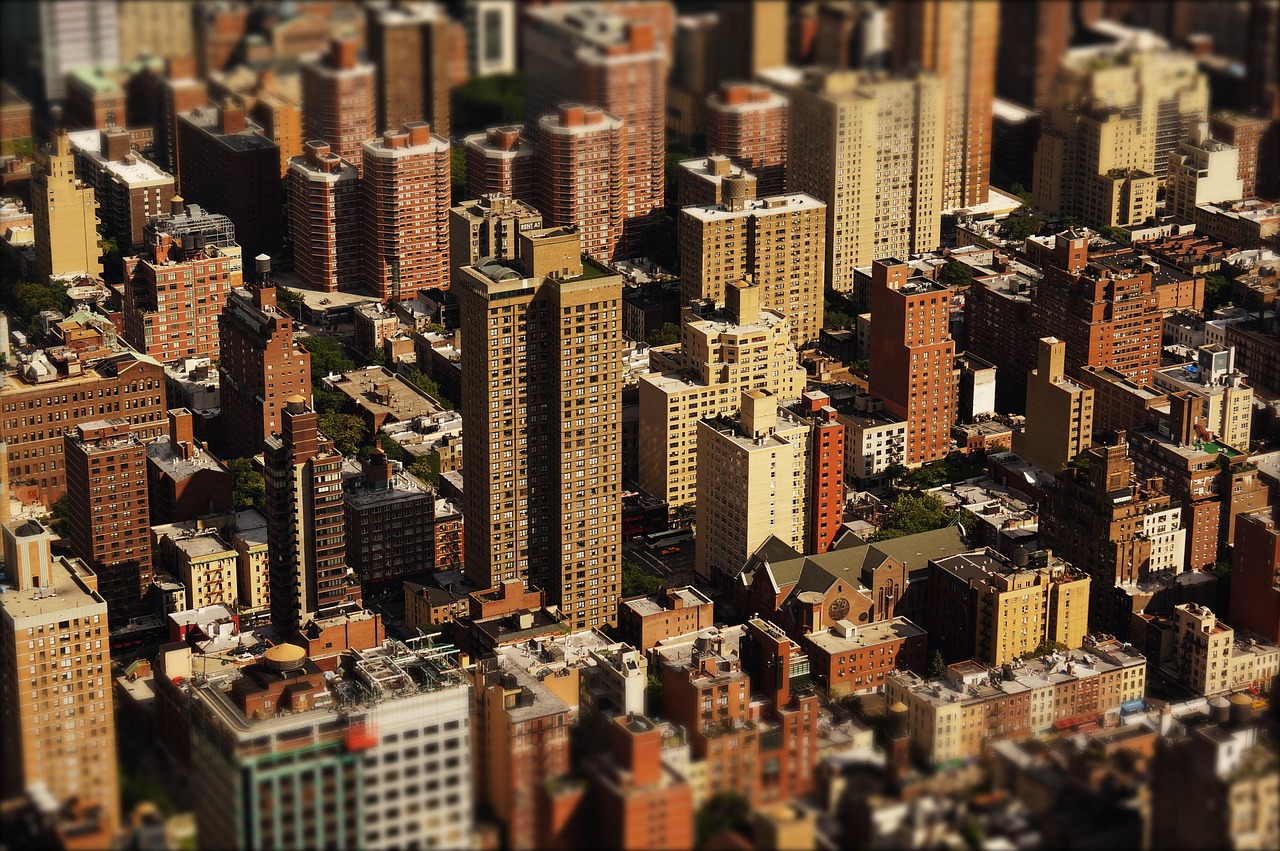

Singapore is famous for its high cost of living, but the property market is a particular pain point. New data from the Urban Redevelopment Authority shows private home prices rose nearly 30% from 2020 to 2024, despite government cooling measures. The median price for a private condominium now stands above $1.5 million SGD (about $1.1 million USD), while landed homes cost far more. Foreign ownership restrictions and hefty stamp duties haven’t significantly dampened demand, with wealthy buyers from China and Southeast Asia competing for limited supply. The public housing system (HDB) does offer more affordable options, but strict eligibility rules and lengthy waiting times leave many aspiring owners frustrated. With the average Singaporean household earning $10,000 SGD monthly, purchasing a centrally located property remains a distant dream for most.
New Zealand
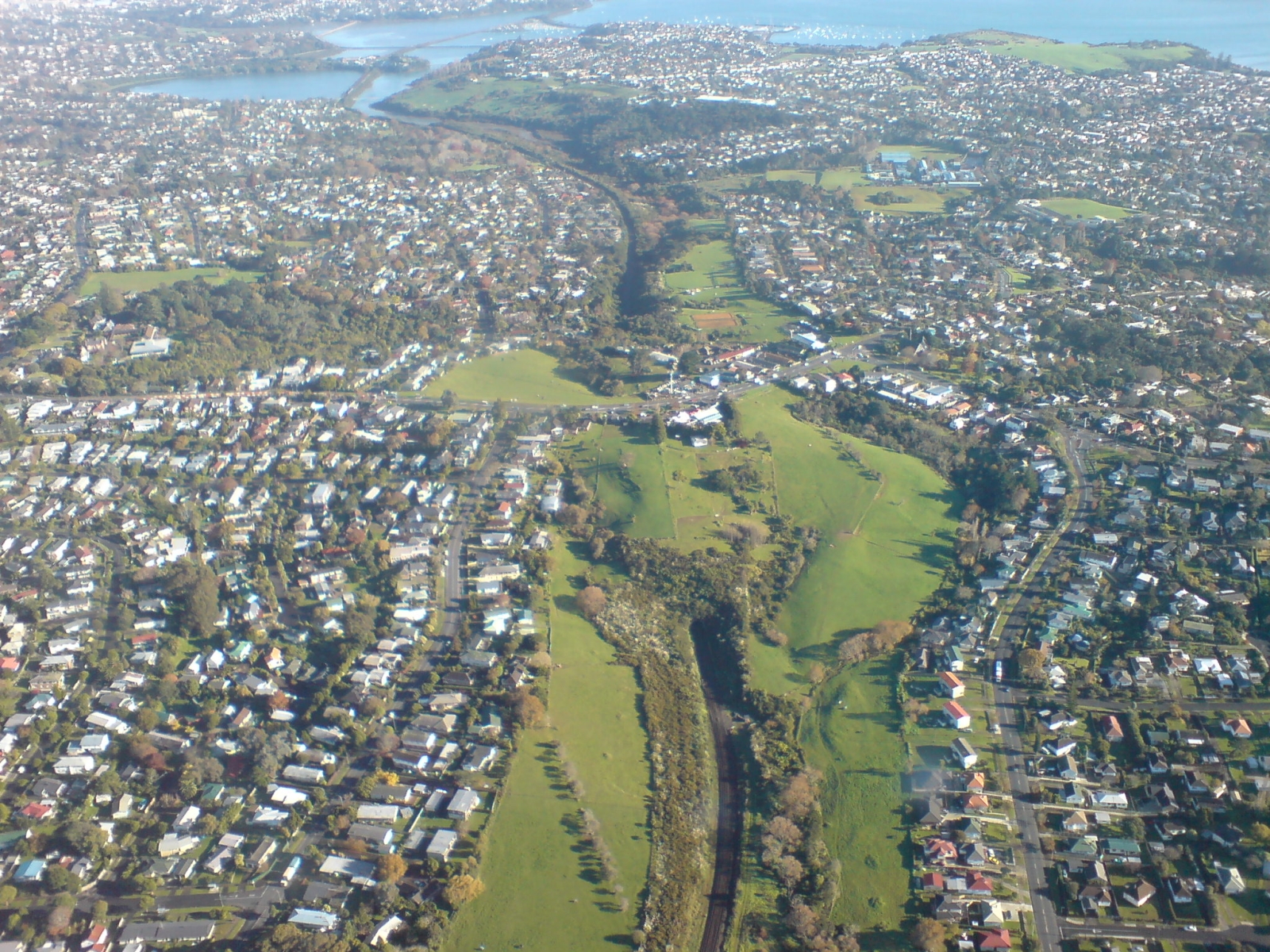

New Zealand’s housing affordability crisis has reached new extremes. The Real Estate Institute of New Zealand reported in March 2025 that the national median house price is $790,000 NZD (about $480,000 USD), but in Auckland, the figure exceeds $1,100,000 NZD. According to CoreLogic, the average New Zealand household now needs more than 11 times their annual income to buy a home, a sharp rise from just a decade ago. Limited housing stock, restrictive zoning laws, and a surge in demand from both local and overseas investors have pushed prices beyond reach for many. The government’s attempts to cool the market through lending restrictions and foreign buyer bans have only marginally slowed growth. First-time buyers face fierce competition, especially in urban areas, and mortgage rates have ticked up, compounding the challenge.
Canada
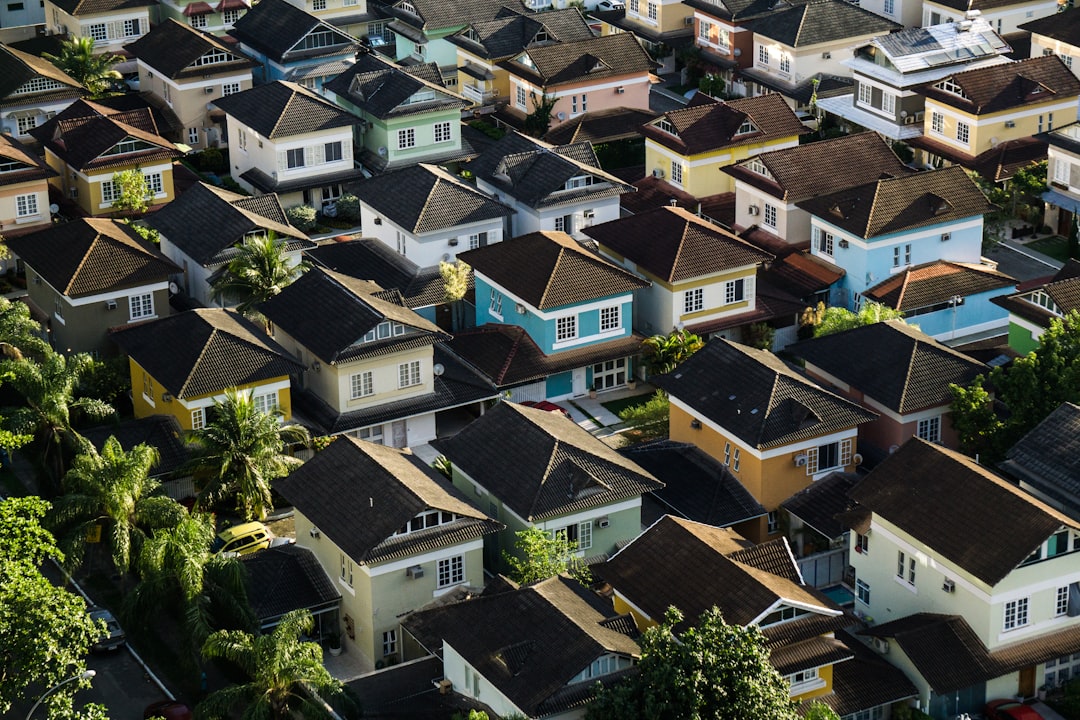

Canada’s property market continues to stun with its relentless price growth, especially in cities like Toronto and Vancouver. As of early 2025, the Canadian Real Estate Association reports the average home price nationwide is $730,000 CAD (about $535,000 USD). In Vancouver, the figure is a jaw-dropping $1.2 million CAD, while Toronto is not far behind. Wages have failed to keep pace, with the median household income in major cities at roughly $80,000 CAD. Persistent demand from both domestic and international buyers, combined with limited housing supply, means prices remain stubbornly high. Recent government measures—such as a national foreign buyer ban and increased taxes—have barely made a dent. Renters and young families increasingly feel locked out, with saving for even a down payment an overwhelming task.
Switzerland


Switzerland’s property market has become notorious for its exclusivity, particularly in cities like Zurich and Geneva. According to the Swiss National Bank, average property prices rose by over 25% between 2020 and 2024. In Zurich, the median price for a standard apartment is now 1.4 million CHF (about $1.54 million USD). Strict planning regulations severely limit new construction, and demand from both wealthy locals and international buyers remains strong. The Swiss prefer to rent (over 60% of households rent), largely because buying is so costly and mortgage rules are stringent. Banks typically require a minimum 20% down payment, and buyers must also show they can afford the property even if interest rates rise. These hurdles make homeownership a luxury reserved for the affluent.
Australia
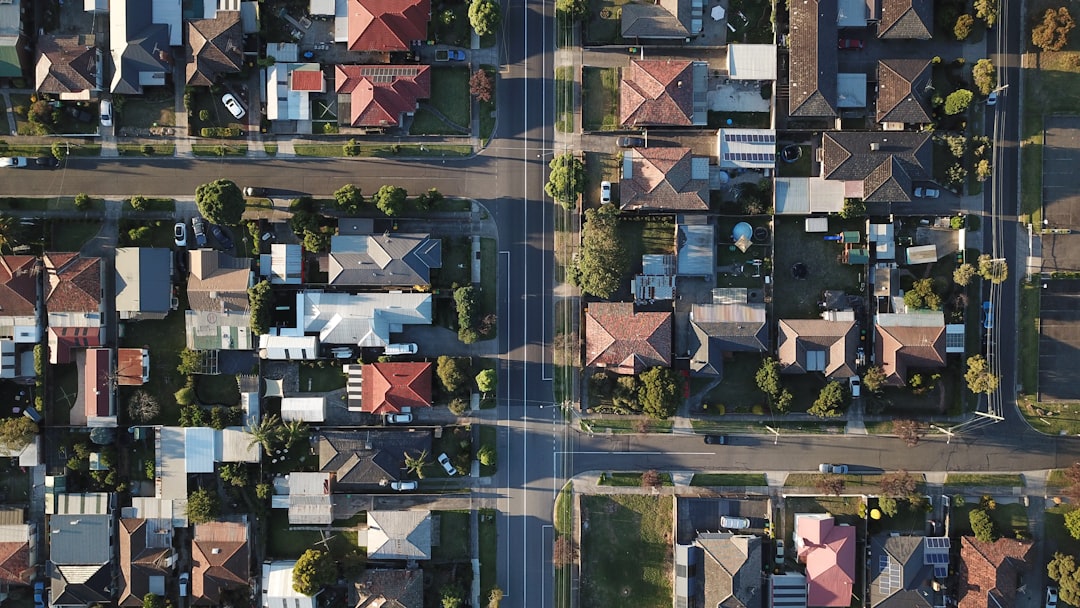

Australia’s real estate market has been described as “feverish,” with prices in major cities soaring to unprecedented levels. The latest CoreLogic data from March 2025 reveals Sydney’s median house price has reached $1.4 million AUD (about $925,000 USD), while in Melbourne it’s $1 million AUD. Wages have stagnated relative to property values, pushing the price-to-income ratio to over 10 in urban areas. Government incentives for first-time buyers have been outpaced by investor demand and a chronic shortage of new housing. Migration and strong population growth have further strained supply. Even with recent interest rate hikes, the market shows little sign of cooling, leaving homeownership a distant prospect for many Australians, especially young professionals.
United Kingdom
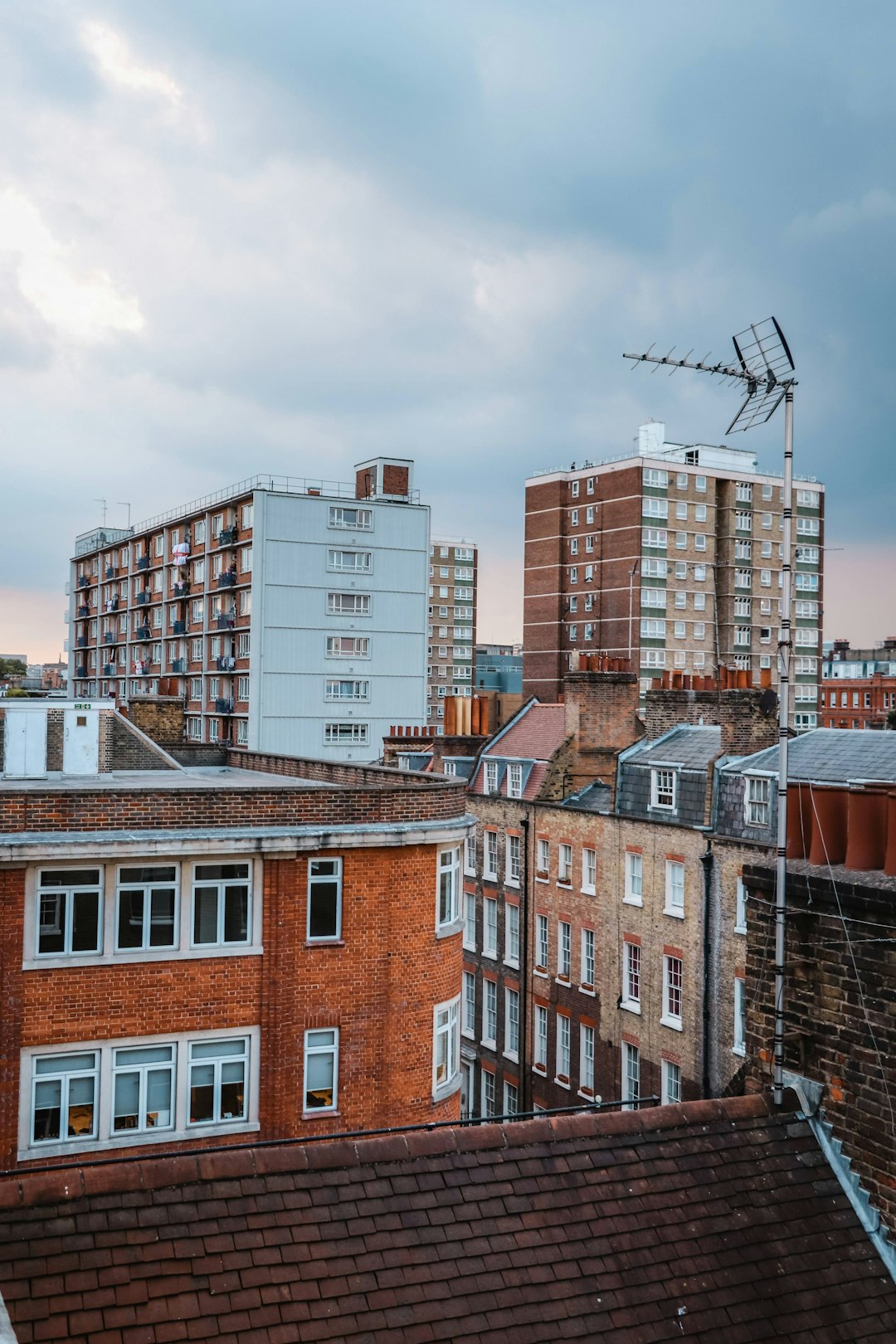

The UK’s housing market, particularly in London and the South East, has long been a source of anxiety for would-be buyers. The Office for National Statistics reported in 2025 that the average house price in the UK is now £285,000 (about $357,000 USD), but in London, it’s £545,000. Supply remains tight due to planning restrictions and slow construction. Interest rates have risen sharply, making mortgages harder to obtain and more expensive to service. Analysis by Nationwide shows that the average first-time buyer in London now needs a deposit of over £100,000—a sum far beyond the reach of most renters. The government’s Help to Buy scheme ended in 2023, further reducing options for those struggling to get on the ladder.
South Korea


South Korea’s housing market, especially in Seoul, has become dizzyingly expensive. Data from KB Kookmin Bank shows that as of February 2025, the average apartment price in Seoul has climbed to 1.3 billion KRW (around $960,000 USD). Incomes have not risen at the same rate, and the gap between rich and poor has widened. The government has introduced more than 20 rounds of property market regulations since 2017, but prices have continued to outpace wages. Competition for new apartments is so fierce that lotteries for new builds can attract hundreds of applicants per unit. Young adults, in particular, feel shut out, with many forced to remain in cramped rentals or move back with parents indefinitely.
Norway


Norway, often celebrated for its high quality of life, has seen home prices soar well beyond the reach of average earners. Statistics Norway reported in early 2025 that the national average home price is 4.4 million NOK (about $410,000 USD), but in Oslo, the figure exceeds 7 million NOK. Tight building regulations and a culture of homeownership have led to bidding wars and price inflation. The financial regulator has tightened mortgage lending rules, requiring buyers to provide a minimum 15% down payment—and even more for secondary homes. Despite high household incomes, the price-to-income ratio remains among the highest in Europe. Young Norwegians struggle to save enough for both a deposit and transaction fees, and many rely on family help or inheritance to enter the market.
Japan
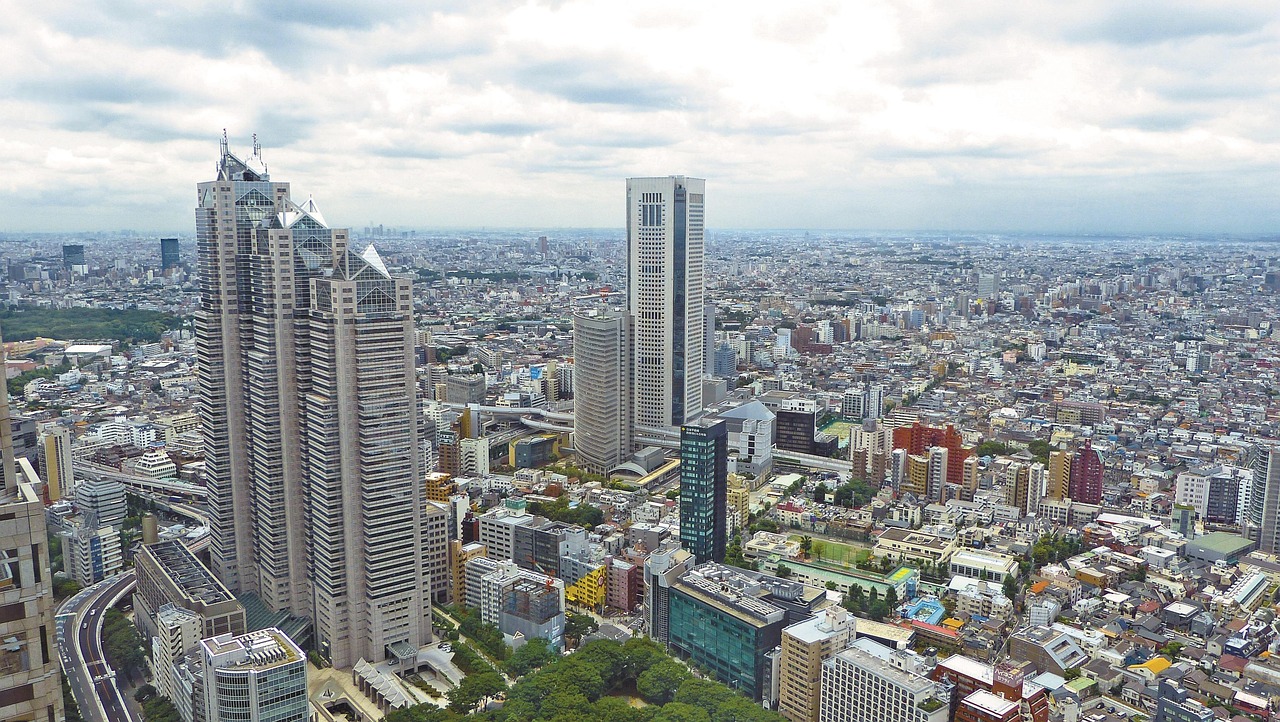

In Japan, buying a home in major cities has become a monumental challenge, even as rural areas see population decline and falling prices. In Tokyo, the Real Estate Economic Institute reported in April 2025 that the average price of a new apartment is 87 million JPY (about $570,000 USD). The price-to-income ratio in the capital now stands at over 13, meaning it would take more than a decade’s worth of average salary to afford a home. Factors such as limited land, high demand for central locations, and a surge in investment purchases have contributed to the squeeze. Meanwhile, strict mortgage lending policies require significant down payments and proof of stable employment. For many younger Japanese, the dream of owning a home in the city remains out of reach, and the rental market continues to dominate.


